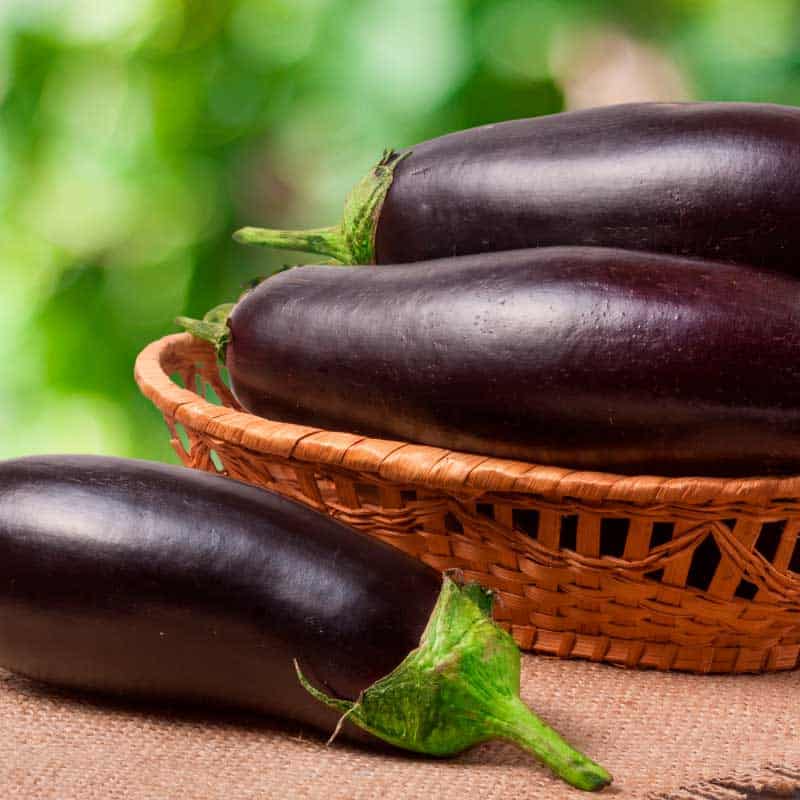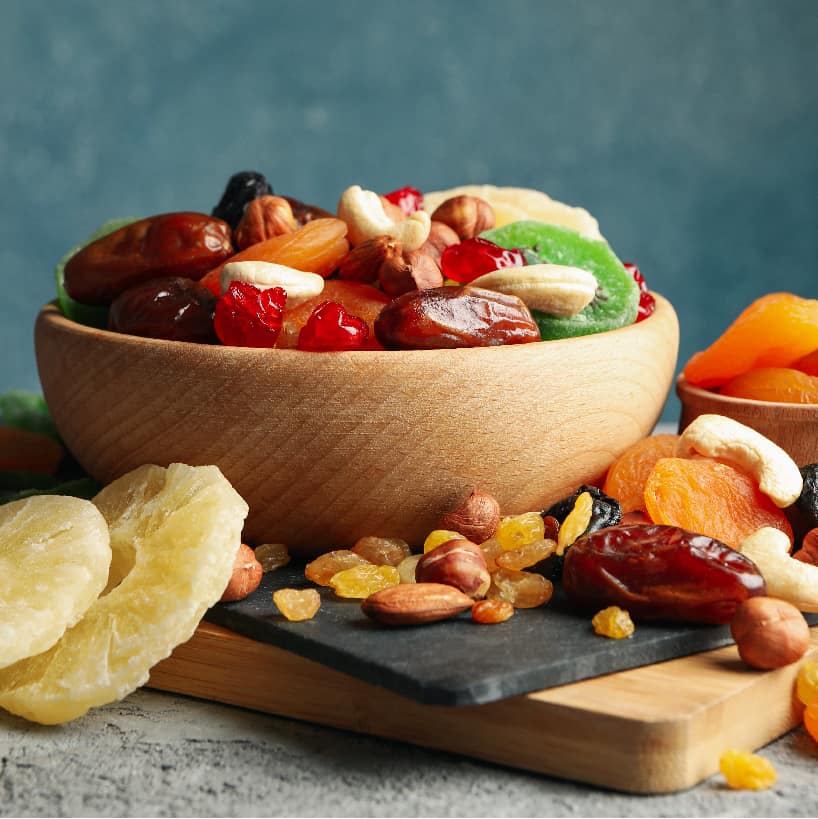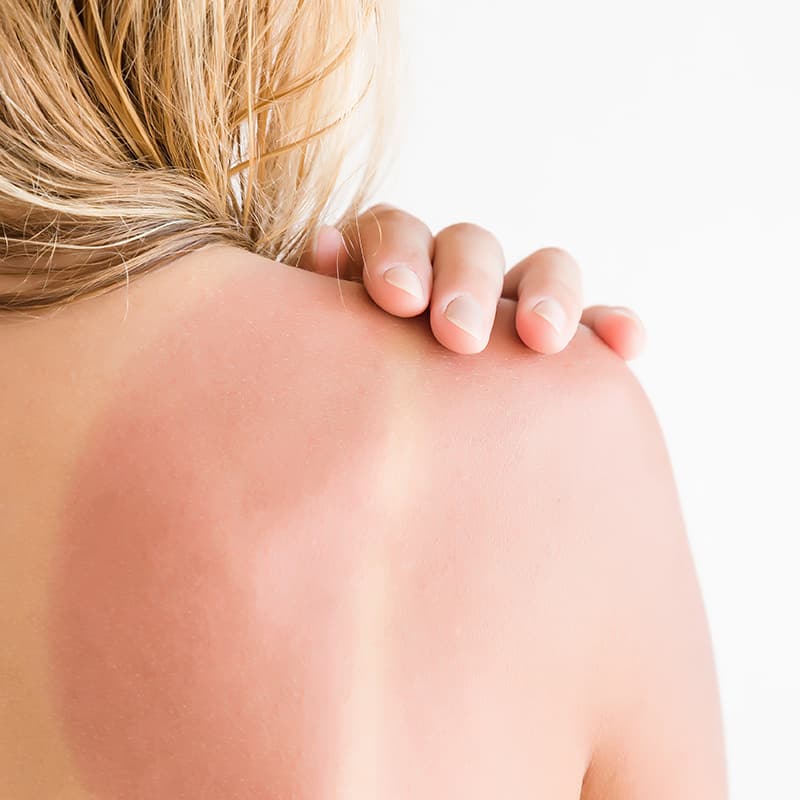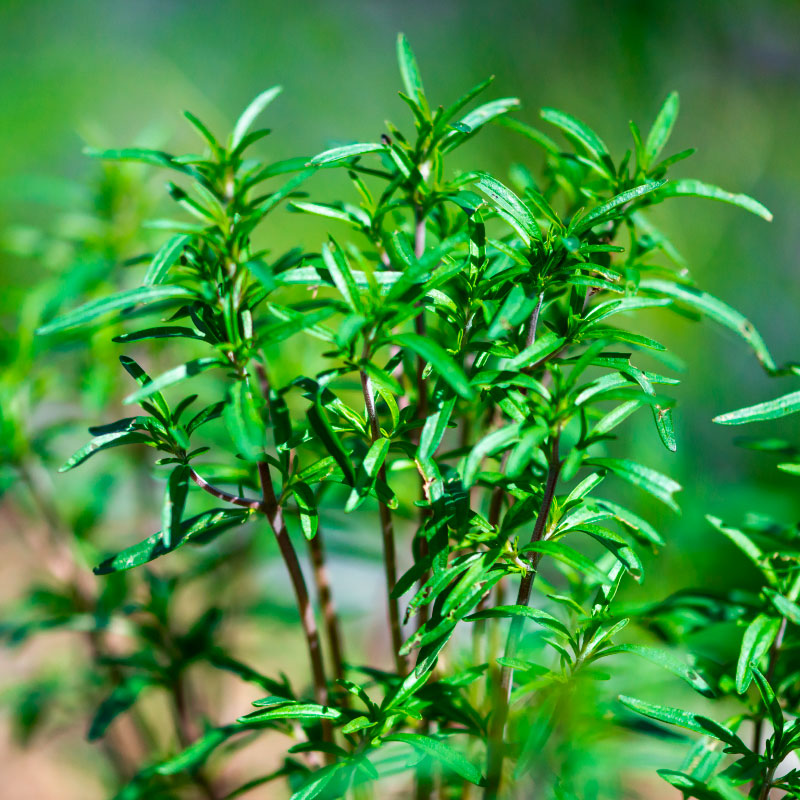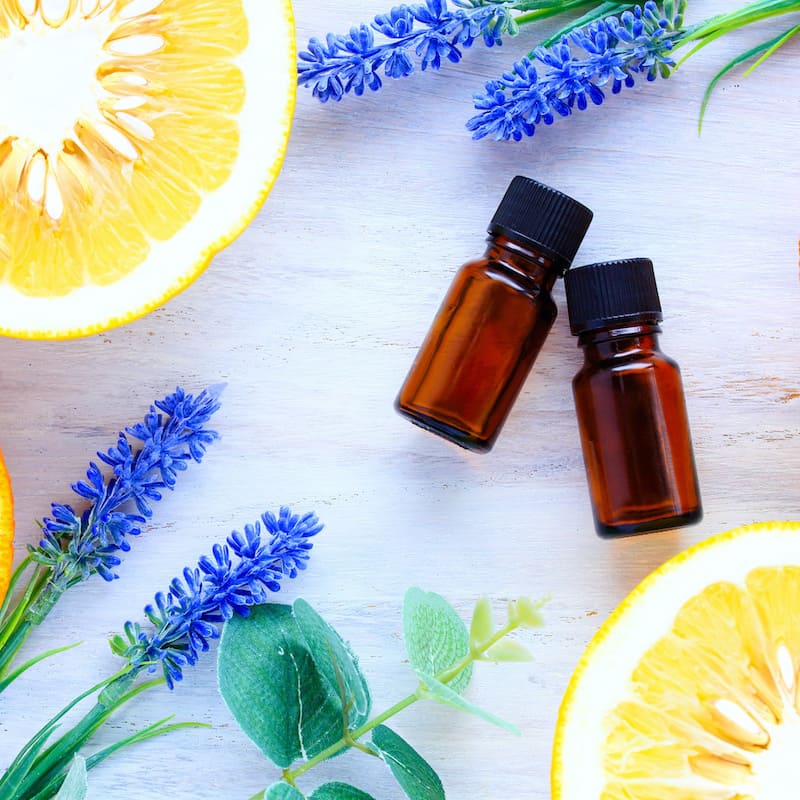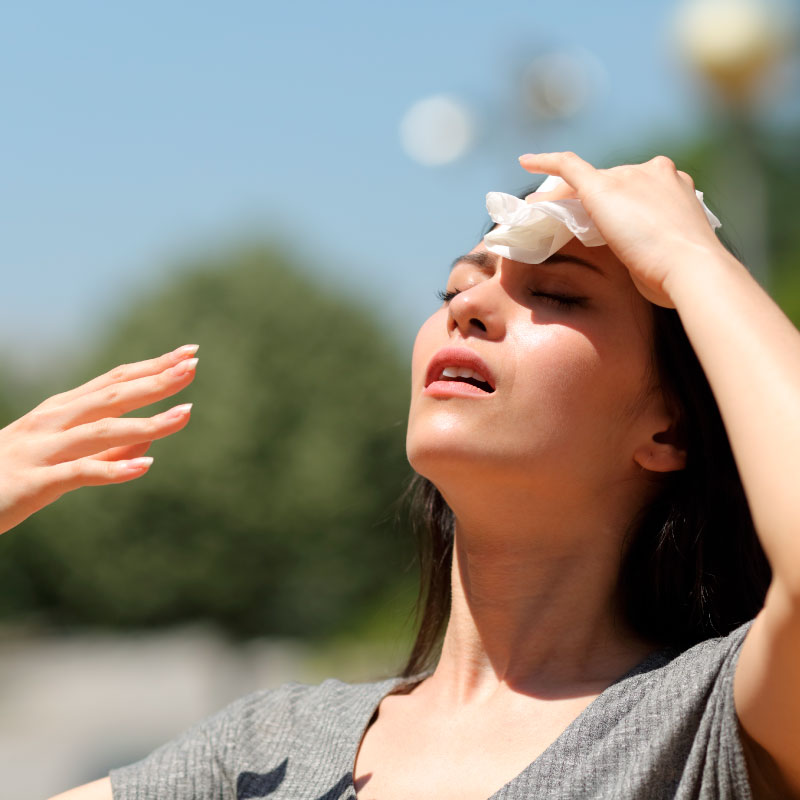This Dr. Axe content is medically reviewed or fact checked to ensure factually accurate information.
With strict editorial sourcing guidelines, we only link to academic research institutions, reputable media sites and, when research is available, medically peer-reviewed studies. Note that the numbers in parentheses (1, 2, etc.) are clickable links to these studies.
The information in our articles is NOT intended to replace a one-on-one relationship with a qualified health care professional and is not intended as medical advice.
This article is based on scientific evidence, written by experts and fact checked by our trained editorial staff. Note that the numbers in parentheses (1, 2, etc.) are clickable links to medically peer-reviewed studies.
Our team includes licensed nutritionists and dietitians, certified health education specialists, as well as certified strength and conditioning specialists, personal trainers and corrective exercise specialists. Our team aims to be not only thorough with its research, but also objective and unbiased.
The information in our articles is NOT intended to replace a one-on-one relationship with a qualified health care professional and is not intended as medical advice.
Is It Wheat the Problem? Or Is It Pesticides? A Surprising Factor in Celiac Disease
February 11, 2021
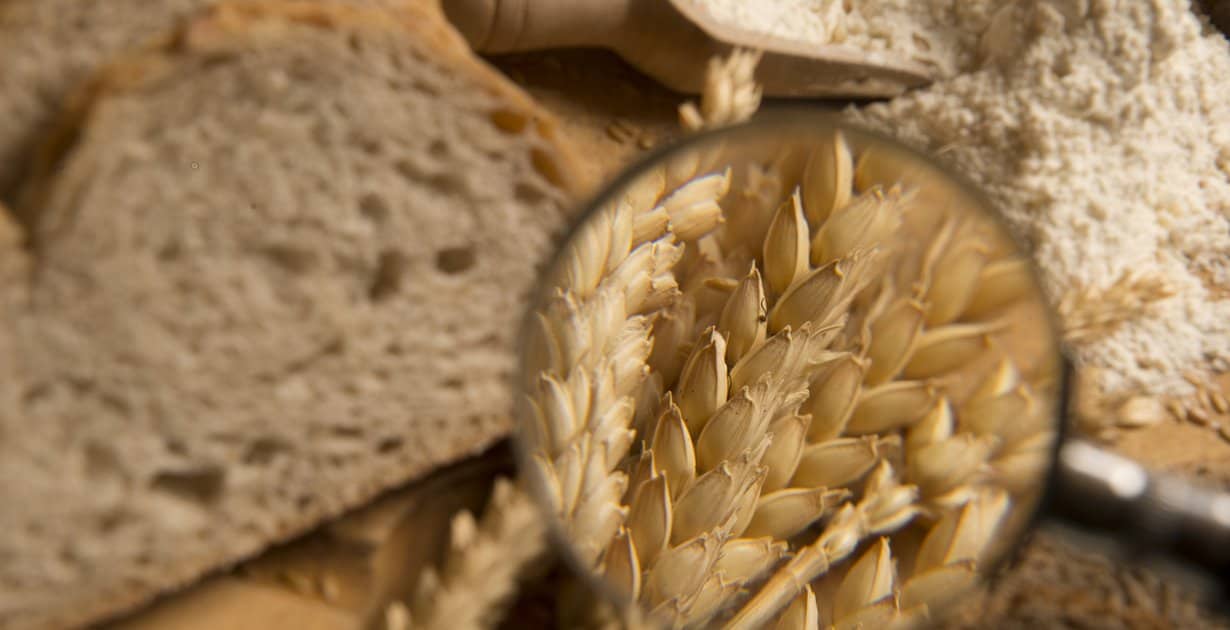
If you’ve been dealing with ongoing gastrointestinal (GI) issues — diarrhea, nausea, pain and bloating — the cause may be right on your plate. Gluten, the main protein in wheat and other grains, causes serious reactions in millions of people. And it affects more of us all the time.
But it didn’t used to.
For thousands of years, people all over the world ate wheat without suffering any consequences. But over the past few decades, both celiac disease and gluten intolerances have begun affecting huge numbers of people, especially in the U.S.
Which begs the question: How did this global staple food turn toxic for so many of us? The answer may not be the gluten itself, but the chemicals used to grow, treat, and harvest the wheat.
What’s Your Gluten Issue?
Gluten can affect your health in three ways:
- Wheat/gluten allergy: An immediate, severe immune system response to wheat and the proteins it contains, but without lasting damage to the body
- Gluten intolerance (also called non-celiac gluten sensitivity): A condition that causes dozens of symptoms but no autoimmune response when you consume gluten
- Celiac disease: An autoimmune condition where even tiny amounts of gluten trigger an attack on your small intestine
Wheat allergies are uncommon, especially in adults, but can be life-threatening. Celiac disease causes lifelong health issues in millions of people, about 1.4 percent of the world population. Gluten intolerance is by far the most common issue, but it’s hard to pin down the numbers.
Researchers estimate that around 6 percent of people suffer with this condition, but that’s probably on the low side.
Both wheat allergy and celiac disease can be diagnosed with existing medical tests — though the results in celiac tests aren’t always accurate. Gluten intolerance is harder to diagnose because there’s no real test for it. It’s more of a non-diagnosis: People who test negative for celiac disease but feel better after eliminating gluten from their diets, are considered gluten intolerant.
Do You Have These Symptoms?
People first begin to realize they may have gluten issues when they start having GI problems.
All three conditions listed above can cause GI issues including diarrhea, constipation, gas,
bloating, abdominal pain, nausea, and vomiting. But gluten intolerance and celiac disease can
also cause some surprising and seemingly unrelated symptoms, such as:
- Headaches
- Depression and anxiety
- Joint pain
- Bone loss
- Chronic fatigue
- Brain fog
- Memory lapses
- Itchy rashes
And unlike allergies and intolerances, celiac disease does lasting damage to the body. It injures the protective gut barrier, which can lead to severe malnutrition. Celiac also triggers system-wide chronic inflammation, setting the stage for other disease states to move in.
The main treatment for all three conditions is avoiding wheat and gluten. But that’s not as easy as it sounds, and it doesn’t always work.
A “Gluten-Free” Diet May Not Be Enough
Going gluten-free should be easy, but it’s not. For one thing, studies show that foods labeled as gluten-free often contain gluten. In one study, researchers detected gluten in 32% of 5,624 foods labeled gluten-free. In fact, 53% of gluten-free pizzas and 51% of gluten-free pastas contained gluten. A 2020 mega-study led researchers to report that “foods labeled as gluten-free should not be considered safe” for people who need to avoid gluten.
Second, if you eat somewhere even in your own home where other people consume gluten, you run a high risk of cross-contamination. That can happen when particles of gluten stick to pots, plates, and utensils also used for gluten-containing foods. And if you’ve ever baked with flour, you know it finds up everywhere.
Third, gluten hides out in the weirdest places. You wouldn’t expect it, but gluten is found in
things like:
- Bouillon cubes
- Ketchup and mustard
- Wine coolers
- Soy sauce
- Instant coffee
- Fruit snacks
- Toothpaste and mouthwash
- Medications
- Vitamins
Even if you do manage to stay 100% gluten-free, it may not be enough to heal your gut — at least not through diet alone. When you have any level of gluten reactivity, it triggers immune system responses including inflammation that can damage the inner lining of your intestines. Your gut gets a break when you avoid gluten, but that won’t fix the existing damage.
On top of all that, there’s another threat to your recovery: glyphosate. Glyphosate is the most widely used weed killer in the world. It’s used extensively on grain crops (including wheat), along with everything from chickpeas to kale. And while glyphosate might not seem related to your gluten issues, it almost certainly is.
Factor in Celiac Disease: Gluten or Glyphosate?
With gluten-related illnesses on the rise, scientists raced to find out why. Their main suspect was the higher gluten content in modern wheat. But unexpected study results quickly nixed that idea. Researchers found that a high-gluten diet didn’t increase GI symptoms, immune responses, or intestinal inflammation when compared to a low- or no-gluten diet.
So scientists started looking for other causes … and they found one: Glyphosate, a pesticide often used on wheat crops.
Glyphosate toxicity looks a lot like gluten issues. That’s because glyphosate creates the same damaging conditions normally associated with celiac disease and gluten intolerance. Because of the way its chemical is designed, glyphosate kills off beneficial bacteria in the gut. It also prevents important cytochrome P450 (CYP450) enzymes from functioning properly … the same enzymes affected in celiac disease.
By inhibiting CYP450 enzymes, glyphosate makes it harder for your body to:
- Clear out toxins on its own
- Form bile acids (crucial for nutrient absorption)
- Produce essential fatty acids
- Activate vitamin D
- Break down vitamin A into usable forms
At the same time, glyphosate decimates the beneficial probiotic bacteria in the gut microbiome, but doesn’t hurt pathogenic bacteria. That causes a condition called dysbiosis, where harmful bacteria overgrow and cause destructive imbalance in the gut microbiome.
This combination of effects triggers symptoms very similar to what you’d experience with celiac disease or gluten intolerance. And since glyphosate (along with other pesticides) contaminates dozens of plant foods, going gluten-free can’t fix the whole problem. But that doesn’t mean it can’t be fixed.
A 3-Step Plan to Tackle Gluten and Glyphosate
Since it’s so hard to completely avoid gluten and glyphosate, being proactive is the best way to protect yourself. With this simple three-step plan, you’ll be able to minimize the effects of gluten and glyphosate, whenever they sneak into your diet.
Step 1: Detoxify
To start the healing process, you need to remove these toxins from your system. Even though your body has its own detox process, it needs extra support to deal with the toxic overload of gluten and glyphosate. And because your body is already under stress, you want to use safe, gentle, natural detoxifiers that won’t be harsh for your system to handle. At the same time, you want block absorption and storage of any new toxins. To accomplish this, choose supplements from this pesticide detox dream team:
- Glycine (an amino acid) competes with glyphosate and helps prevent it from being stored in organs and tissues. Glycine also increases levels of glutathione, the “master antioxidant” that boosts your body’s detox process. Collagen is rich in glycine.
- Iodine blocks toxins like fluoride and chloride from being absorbed into tissues, especially the thyroid. Kelp is the best source of bioavailable iodine, with the added benefit of binding to toxins for safe removal from the body.
- Sodium alginate (a seaweed extract) binds with toxins like glyphosate in the GI tract so they can be safely eliminated.
- Citrus pectin binds with a variety of environmental toxins and heavy metals to reduce the body’s toxic burden.
Step 2: Repair
Once gluten and glyphosate are out of the picture, your body can begin to focus on repair. This involves reducing inflammation and repairing the damage done to the intestines. Gut-healing supplements include:
- Fish oil, rich in omega-3 fatty acids, reduces systemic inflammation. Fish oil also helps repair the injured gut barrier.
- Citrus pectin also helps heal and restore gut barrier integrity.
- Glycine possesses strong anti-inflammatory actions that help calm and soothe the intestinal lining.
Step 3: Restore and Revitalize
After the intestines have been repaired, you can turn your focus toward restoring a well-balanced gut microbiome. When your gut microbiome contains a rich diversity of beneficial bacteria, it helps calm autoimmune and allergic responses to gluten. By replenishing and nourishing probiotic bacteria, you’ll be supporting healthy detox and immune system function.
Best of all, a healthy gut microbiome can help eliminate even the most troubling GI symptoms brought on by gluten and glyphosate. Restore and revitalize a healthy gut with:
- Probiotics: Replenish beneficial bacteria and help crowd out harmful bacteria.
Probiotics also produce many healing compounds, including short chain fatty acids (SCFA) that protect and repair the gut barrier. - Prebiotics: A type of dietary fiber that selectively nourishes probiotic bacteria. Prebiotics also supply the raw materials for SCFA production.
- Citrus pectin: Encourages beneficial bacteria in the gut microbiome to flourish.
- Digestive enzymes: Help break down foods into easy-to-absorb nutrients. Supplementing with small quantities of digestive enzymes helps stimulate your own natural enzyme production. This can be especially helpful during the recovery process as celiac disease can interfere with nutrient absorption.
Emerging data suggests that modern wheat strains may be more difficult on digestion for many people. But as we also learn more about the impacts of pesticides and other influences on microbiome health, it’s becoming increasingly clear that supporting GI integrity and microbiome balance from multiple angles, holds the key to long-term health on every level.




